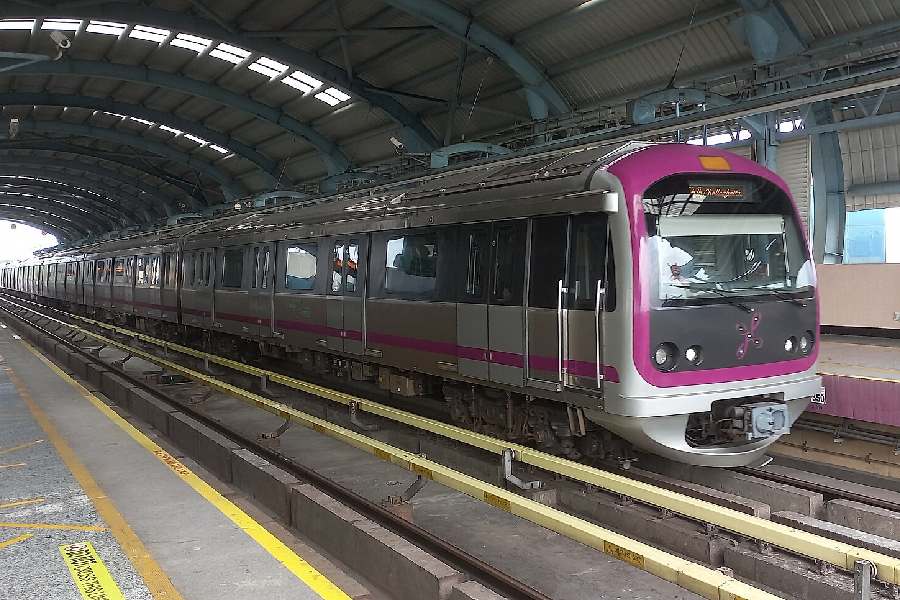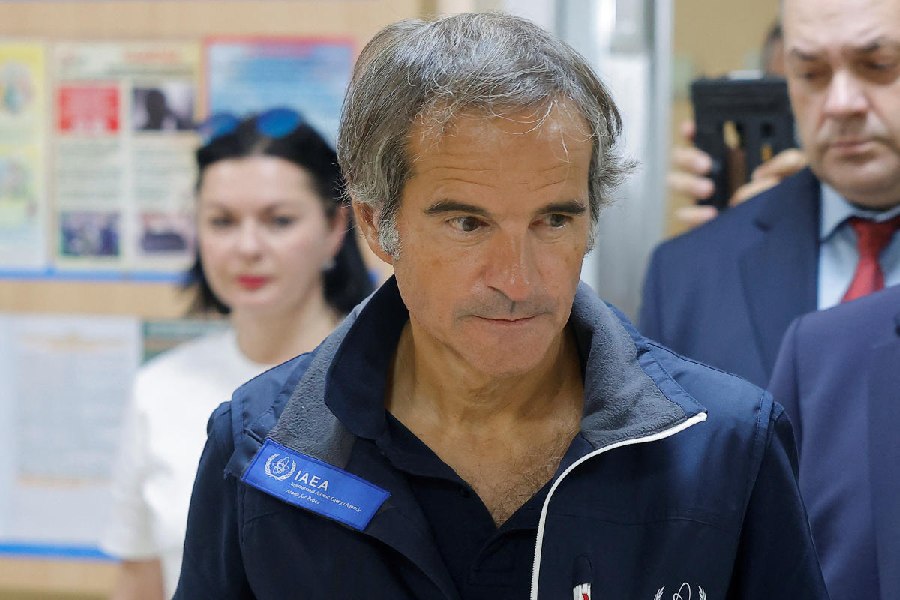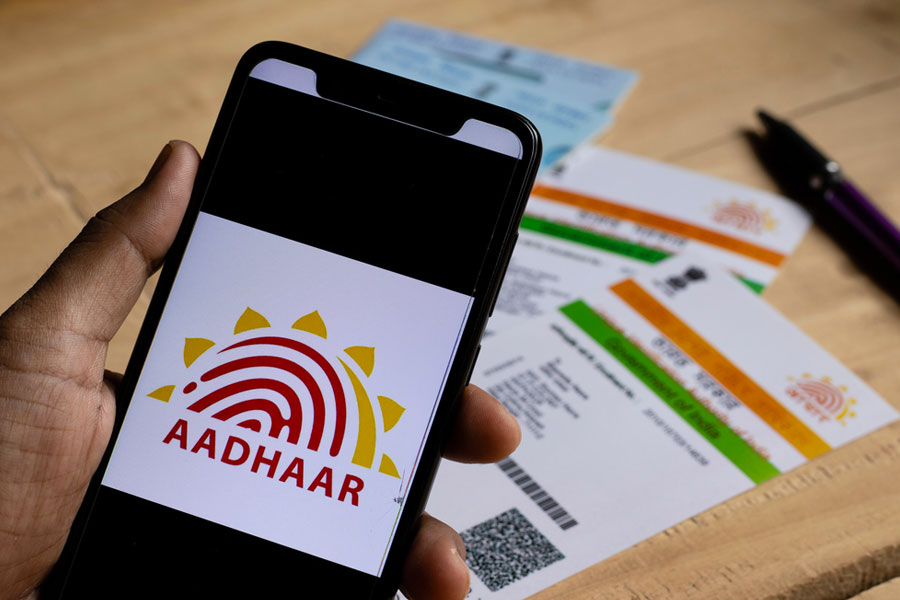 |
| COLLECTOR’S ITEM: An unknown loco lover’s scrapbook |
Many years ago, the great R.D. Burman and Gulzar created a song — Dhanno ki aankhon mein, raat ka surma aur chand ka chumma. The song was a runaway hit, but, believe it or not, the Dhanno in question was no Hindi film heroine. It was a steam engine, a good old WP (a class of steam locomotives), racing down the tracks, belching smoke. The song has become a veritable anthem for Indian loco lovers.
Steam was already on its way out when I was growing up. I was barely seven and living in the quiet, little cantonment town of Binnaguri in north Bengal, when I fell in love with diesel locomotives. Every night, the distant chuffing of the YDM2 hauling the Assam-Tinsukia mail into the inky darkness marked dinnertime. The ‘AT Mail’, was the jawans’ favourite. An overnight journey brought them to their homes in the Brahmaputra Valley and beyond.
Two decades have passed, the AT Mail, I am told, has become defunct, and the Indian Railways is busy ripping up metre-gauge lines, not to speak of the narrow-gauge ones. But, to a die-hard railway fan like me, the engines, coaches and other rolling stock are still something to gape at wide-eyed.
Trainspotting, as a proper hobby, is thought to have originated among children in Britain in the post-World War II years. According to the dictionary, trainspotting is the hobby of collecting locomotive numbers. However, it goes beyond just collecting numbers and deciphering the model and year of manufacture from them. It also involves collecting insignia, photographs, odds and ends and even locomotive sounds!
Different locomotives are classified according to the track they run on. The broad gauge nomenclature starts with W, metre gauge with Y and narrow gauge with Z. The second part is derived from whether they run on diesel (D) or electric (A for alternating current and C for direct current). The third alphabet tells whether it is used to haul passenger (P), goods (G) or both (M, multiple). Lastly, the horsepower. KZJ, SBG, BZA, MAS, PNBE, SRC and MGLS may sou- nd Greek to you but to us the letters stand for romantic associations like Kazipet, Sahibganj, Vijayawada, Chennai, Patna, Santragachhi and Mughalsarai.
On my numerous trips between Calcutta and Chennai, passing through a station called Nuapada in Orissa, I had seen that it was the starting point of a narrow gauge section. The line, I was told, led deep into the lush green tribal-inhabited hills of the Eastern Ghats. Like Ruskin Bond in Night Train to Deoli, I too had this great urge to get off the train — at Nuapada.
So, one day, I and my fellow train freak Moinak decided to ‘do Nuapada’. We started out on the Chennai Mail one clear, crisp October night. The true trainspotter never travels AC and no sooner had we settled down in the dimly lit Sleeper Class coach than the Mail pulled out of Howrah. The steel wheels screeched and squealed as they negotiated the numerous points before we reached ‘open ground’ and picked up speed. Tikiapara, Santragachi, Sankrail, Bagnan — all went past in a blur. Moinak and I polished off our sandwiches and turned in early. Despite scores of train journeys over the years, I got up with a start every time a train passed us, its horn piercing the night.
The Nuapada platform is at track level. At the other end, where the narrow gauge line branched off, the quaint, four-coach Nuapada-Gunupur Passenger waited, ready to embark on its 90-km journey to the green hills. Though the scheduled time for departure was 1345, no one seemed to be in a hurry. Since we had time on our hands, we decided to try and soften up the driver to allow us into a bit of footplating. While this is becoming increasingly difficult on the main lines, with loco inspectors breathing down the necks of the poor drivers, the ones on the branch lines are more than willing to oblige crackpots like us.
Almost two hours behind schedule, after the train had filled up with locals, chickens, vegetables and raucous children, the driver opened the throttle and the little ZDM engine lurched ahead. The line was built in 1900 by the Raja of Parlakhemundi and is still used by the predominantly tribal and Dalit villagers. It passes through breath-taking countryside, with dome-shaped mountains rearing up from the fertile plain. We were so busy taking in the scenery and the controls of the locomotive that we forgot to jot down the names of the small, one-hut stations we passed. It was almost seven when we reached Gunupur. The return journey would start at 2030. Moinak, the avid shutterbug, had to abandon his plans of taking some photographs of Gunupur, a place to which we would, most probably, never return. The clean country air and the tramping about had whetted our appetite and though we wanted to have some typically local fare, we had to settle for poori and watery subzi at a dhaba .
We were rather subdued as the train made its way back to Nuapada. Not only would we never return to this beautiful place, even the train that carried us through it, was living on borrowed time. The onslaught of buses, the Railways’ unigauge plan and its resolve to close down ‘uneconomical’ routes meant that the Nuapada-Gunupur Passenger would soon chug into the sunset.
(For more information on trainspotting in India, log on to www.irfca.org)










